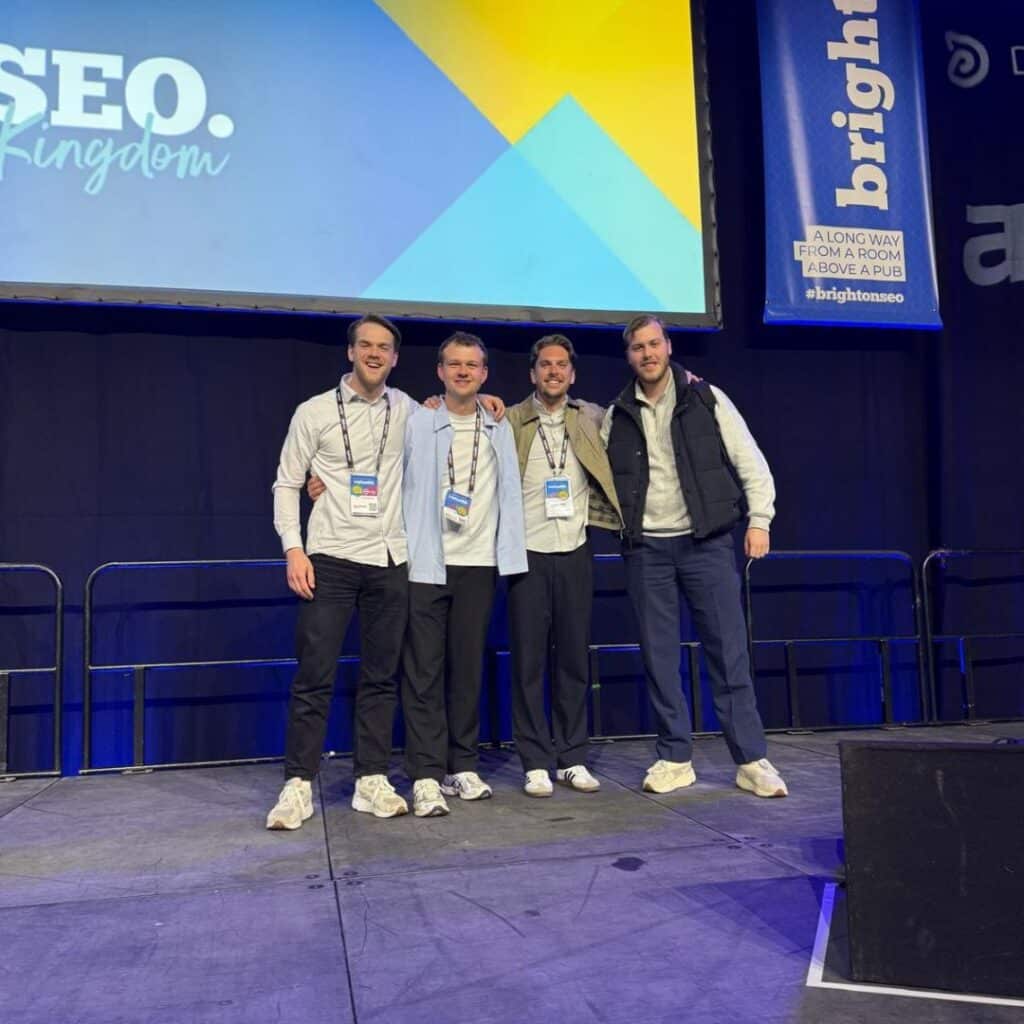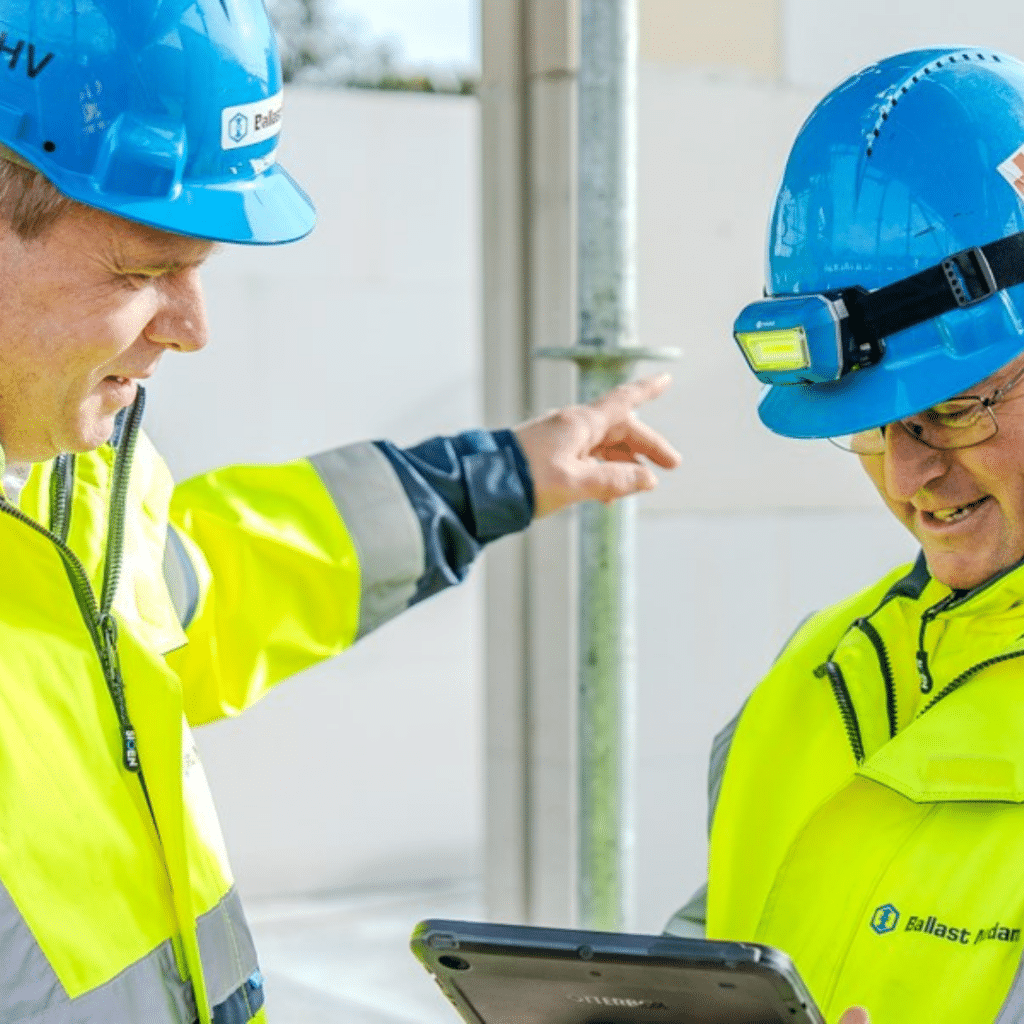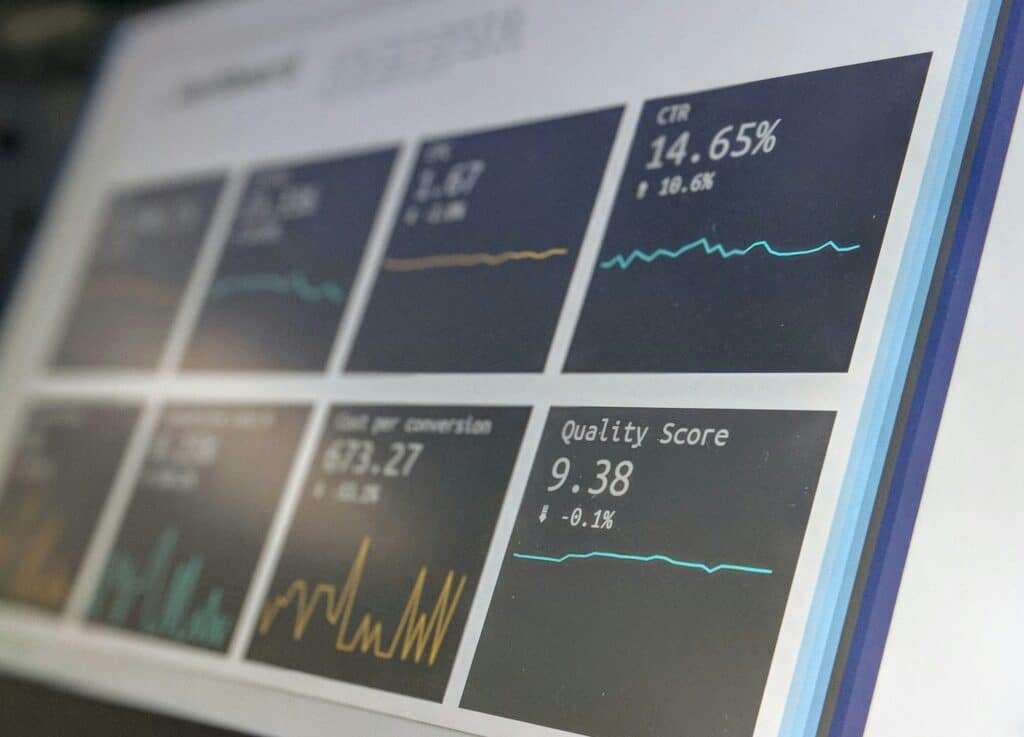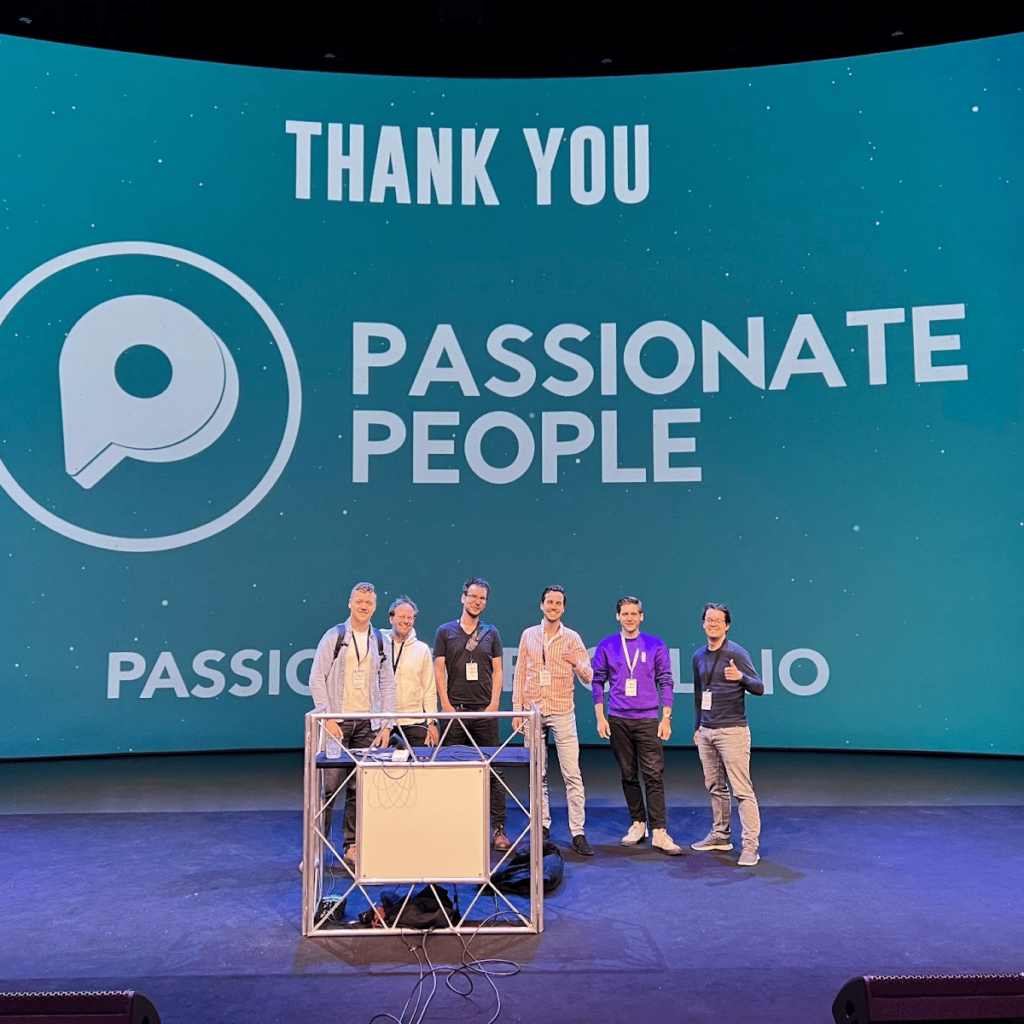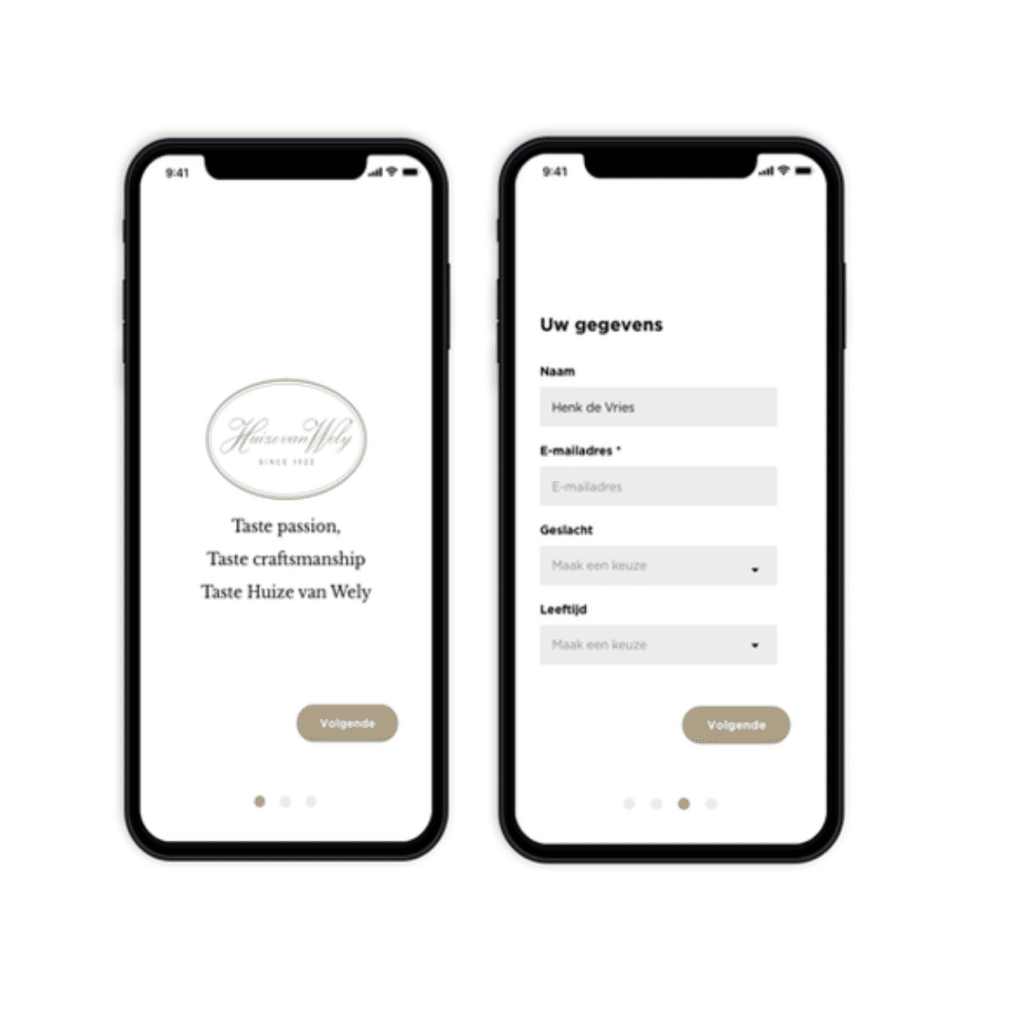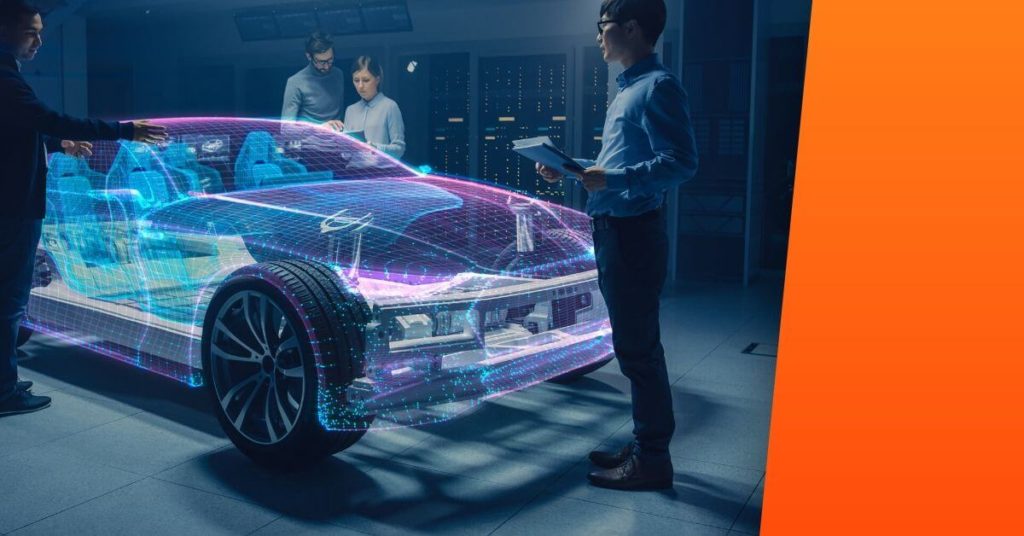Flexibility
A headless CMS is much more flexible than a traditional CMS. You can use any tool for the presentation of your content and you are not bound by the options that your CMS offers. You can therefore present the content not only via a website or app, but also very easily via smartwatch, smart TV or even via Virtual Reality. The possibilities are endless, or at least not limited by the CMS.
Future-proof
This flexibility is extra useful, because IT developments move quickly. When the first iPhone was introduced in 2007, who could have guessed how big the role of the smartphone would become? In a few years' time there will probably already be new resources on which we want to present our content. Because a headless CMS only contains pure content, you can respond more quickly to the latest developments. This way you can easily keep up with the times.
Reach more people faster
By using a headless CMS you are only concerned with the content and not with the design. This CMS does not contain any templates or themes like a traditional CMS. As a result, when entering content, you do not have to think about how this content will look like on different devices. This allows you to publish the content faster. An additional advantage is that you can immediately distribute the content via multiple channels or tools. This way you reach more people faster.
safer
Because the back-end and front-end are separate from each other, a headless CMS is less susceptible to DDoS attacks. After all, the CMS database cannot be reached via the publishing platform (in other words, the website or app). The users of the front-end can therefore not slow down the back-end. This also applies the other way around, so that maintenance or updates do not slow down the website or app.
Examples
Options for a headless CMS are, for example contentful, prepr.io of Hygraph. Contentful is not only a CMS, but also takes care of the hosting from the Amazon Cloud. This means you don't need expensive upgrades. The website can be online quickly and the developer has the freedom to choose between different programming languages. Prepr.io has the advantage that you can manage multiple websites with it. In addition, you can easily offer personalized websites through the option of connecting content and data. With the Hygraph SaaS solution, developers can build quickly, while the possibilities for content are also extensive. But this is just a selection of the various options.
When do you choose a headless CMS?
There are several reasons to choose a headless CMS. First of all, a headless CMS is useful if you want to publish content on multiple platforms without doing manual duplication. Think, for example, of adjusting your opening hours in the app and on the website. With headless you can do that in one go. It is also easy if you often change your corporate identity. Is the market in which you operate undergoing major changes and is there a good chance that you will want to profile your company differently in two years' time? Then it is only good if the front and back of your website are separate. Third, a headless CMS is useful for a content-driven platform, such as a news site. This way, your journalists can focus on the content, instead of the alignment.
But it's not always the best option. Do you want to be busy with the design and have the possibility to build up each page differently? Then you are better off with a traditional CMS such as WordPress, where you can get started with different block elements. If you don't plan to use multiple platforms and if you don't have a large content-driven website, but rather a smaller regular site, then you should also choose a traditional CMS.
Interested in a headless CMS?
Do you want to think a step further by using a headless CMS? Then take contact up with us. Together we can look at the possibilities for your company. We can implement the CMS for you, but our service goes further than that. If desired, we manage the content of your company with an eye for SEO en marketing† As soon as a new technology hits the market, we'll make sure your content is one of the first to be available on it.














